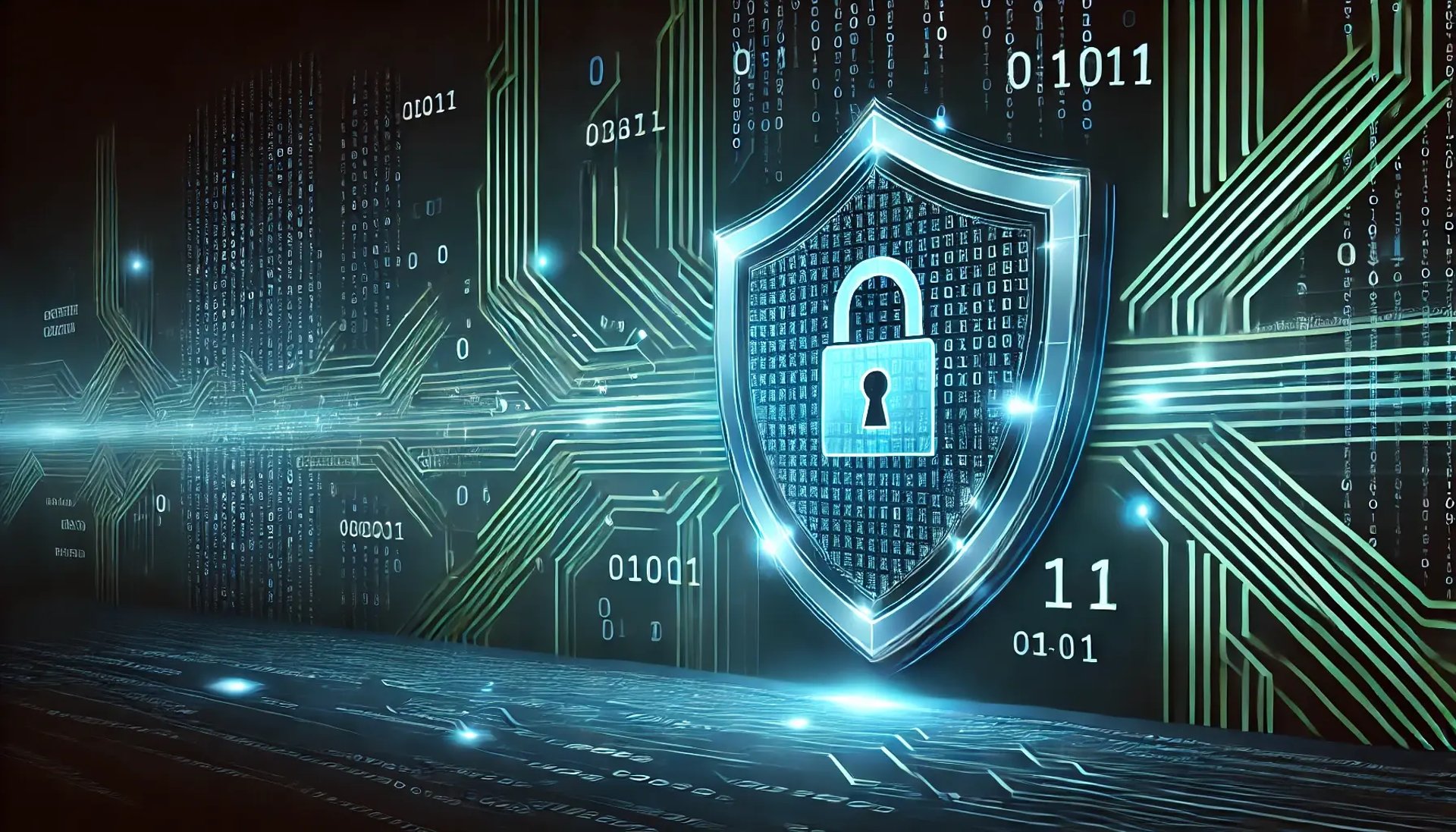Cybersecurity in the Digital Age: Protecting Data and Privacy
In an era where digital transformation is at the core of every industry, cybersecurity has become a critical concern for individuals, businesses, and governments. With the increasing use of cloud computing, IoT devices, and artificial intelligence, cyber threats have evolved, posing significant risks to data privacy and security. This article explores the importance of cybersecurity, the common cyber threats we face, and the best strategies to protect sensitive data in today’s interconnected world.
Motlba
3/5/2025

Cybersecurity in the Digital Age: Protecting Data and Privacy
Introduction
In an era where digital transformation is at the core of every industry, cybersecurity has become a critical concern for individuals, businesses, and governments. With the increasing use of cloud computing, IoT devices, and artificial intelligence, cyber threats have evolved, posing significant risks to data privacy and security. This article explores the importance of cybersecurity, the common cyber threats we face, and the best strategies to protect sensitive data in today’s interconnected world.
The Growing Importance of Cybersecurity
As more businesses migrate to digital platforms, the need for robust cybersecurity measures has never been greater. Organizations handle vast amounts of sensitive data, including financial records, personal information, and intellectual property. A single data breach can result in financial losses, reputational damage, and legal consequences.
Moreover, with the rise of remote work, employees often access company systems from unsecured networks, increasing the risk of cyberattacks. This shift in work environments has accelerated the demand for advanced security solutions, such as multi-factor authentication (MFA), virtual private networks (VPNs), and zero-trust security models.
Common Cyber Threats and Their Impact
Cybercriminals constantly develop new tactics to exploit vulnerabilities in digital systems. Below are some of the most common cybersecurity threats:
1. Phishing Attacks 🎣
Phishing remains one of the most prevalent cyber threats. Attackers send fraudulent emails or messages pretending to be legitimate entities, tricking users into providing sensitive information such as login credentials and banking details.
🔹 Example: A cybercriminal might impersonate a bank and send an email urging a customer to "verify" their account details by clicking on a malicious link.
2. Ransomware Attacks 🦠
Ransomware is a type of malware that encrypts a victim’s files and demands a ransom for their release. These attacks target businesses, hospitals, and government institutions, often resulting in financial and operational disruptions.
🔹 Recent Example: In 2021, the Colonial Pipeline attack in the U.S. caused fuel shortages across multiple states after hackers demanded a multi-million-dollar ransom.
3. Data Breaches 🔓
A data breach occurs when cybercriminals gain unauthorized access to an organization’s database, exposing sensitive information. These breaches can lead to identity theft, financial fraud, and loss of consumer trust.
🔹 Example: The Facebook data breach in 2019 exposed the personal details of over 500 million users.
4. IoT Vulnerabilities 🌐
The Internet of Things (IoT) has transformed industries, but it has also created security risks. Many IoT devices, such as smart home appliances and connected medical devices, have weak security, making them easy targets for hackers.
🔹 Example: Hackers can exploit vulnerabilities in smart cameras, gaining unauthorized access to personal spaces.
Best Practices for Enhancing Cybersecurity
To stay ahead of cyber threats, individuals and businesses must adopt proactive security measures. Here are some essential cybersecurity practices:
1. Strong Passwords & Multi-Factor Authentication (MFA)
Use complex passwords with a mix of letters, numbers, and special characters.
Enable MFA to add an extra layer of protection.
2. Regular Software Updates & Patching
Keep operating systems, applications, and security software updated to fix vulnerabilities.
Avoid using outdated software, which can be exploited by cybercriminals.
3. Employee Awareness & Training
Conduct cybersecurity training programs to educate employees on recognizing phishing emails and suspicious links.
Establish policies for secure remote work and data handling.
4. Secure Network & Data Encryption
Use encrypted connections (e.g., HTTPS, VPNs) to protect data during transmission.
Secure Wi-Fi networks with strong passwords and firewall protection.
5. Backup Critical Data
Regularly back up important files and store them in a secure, offline location.
Implement automated cloud backups with strong encryption.
6. AI & Automation in Cybersecurity
Artificial intelligence (AI) is revolutionizing cybersecurity by detecting anomalies, predicting threats, and automating security responses. AI-powered systems can analyze vast amounts of data to identify potential cyber threats before they cause damage.
🔹 Example: AI-driven security solutions like IBM Watson and Darktrace help organizations detect and neutralize cyber threats in real-time.
The Future of Cybersecurity
As cyber threats become more sophisticated, the future of cybersecurity will rely on advanced technologies such as:
✅ Zero-Trust Security Models – Verifying every access request to prevent unauthorized access.
✅ Blockchain Technology – Enhancing data security through decentralized and tamper-proof ledgers.
✅ Quantum Computing – Strengthening encryption and cybersecurity defenses against quantum attacks.
Governments and businesses must work together to create global cybersecurity policies, enforce stricter regulations, and invest in cutting-edge security solutions to protect against evolving cyber threats.
Conclusion
Cybersecurity is not just an IT concern; it’s a fundamental aspect of digital transformation. Whether you’re an individual, a business owner, or a tech leader, adopting strong cybersecurity measures is essential for protecting sensitive data and maintaining trust in the digital age.
As cyber threats continue to evolve, staying informed and proactive is the key to a secure digital future. 🚀🔐
What’s Next?
Want to learn more about cybersecurity and digital transformation? Stay tuned for more expert insights and strategies on protecting your online world!
Contact us
Whether you have a request, a query, or want to work with us, use the form below to get in touch with our team.



